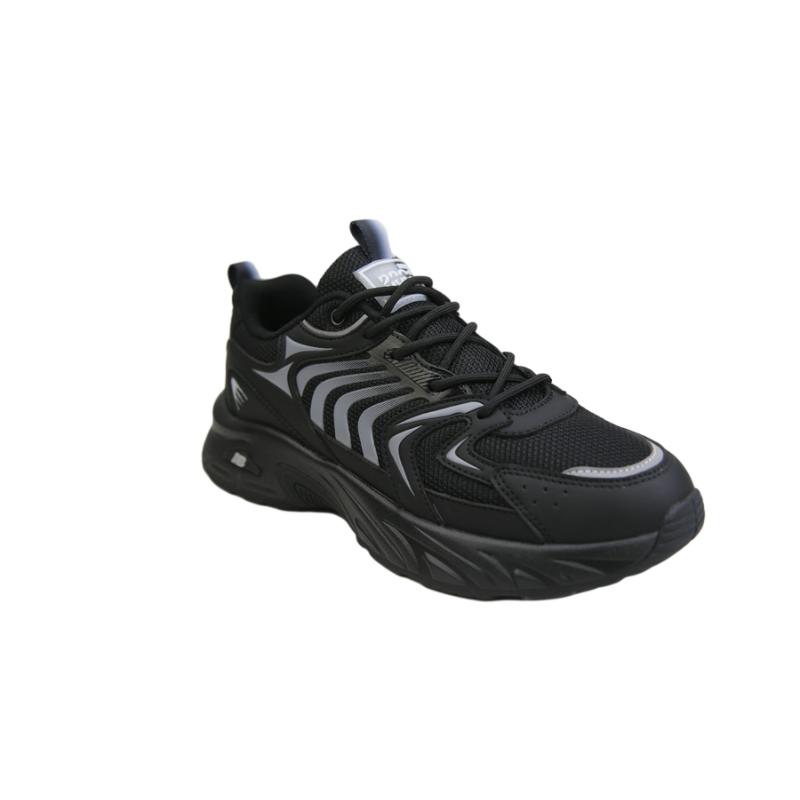Finally, low-top wellies are environmentally friendly. Many brands now offer eco-friendly options made from recycled materials, reducing their carbon footprint and promoting sustainability. By choosing these eco-friendly options, consumers can contribute to protecting the environment while still enjoying the benefits of stylish and comfortable footwear.






